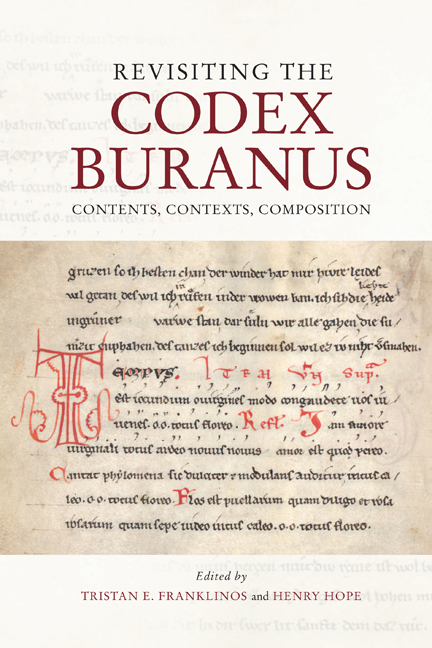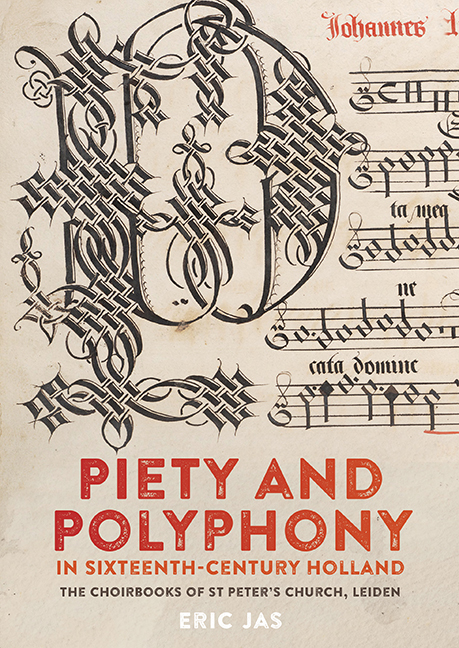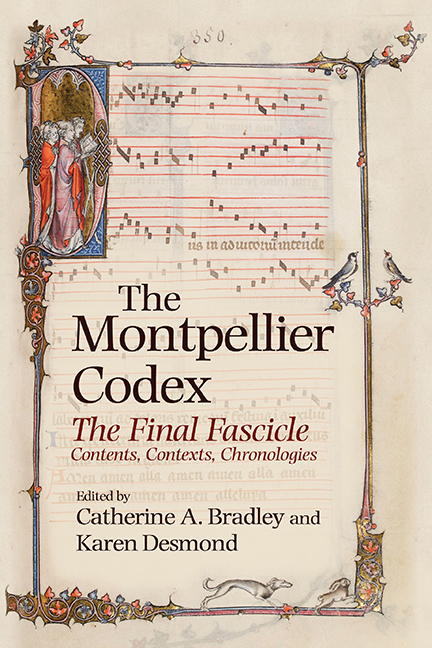15 results in Studies in Medieval and Renaissance Music

European Music, 1520-1640
-
- Published by:
- Boydell & Brewer
- Published online:
- 18 March 2023
- Print publication:
- 15 June 2006

Juan Esquivel
- A Master of Sacred Music during the Spanish Golden Age
-
- Published by:
- Boydell & Brewer
- Published online:
- 18 February 2023
- Print publication:
- 17 November 2010

A Medieval Songbook
- Trouvère MS C
-
- Published by:
- Boydell & Brewer
- Published online:
- 26 May 2022
- Print publication:
- 18 February 2022

Music in Elizabethan Court Politics
-
- Published by:
- Boydell & Brewer
- Published online:
- 02 June 2021
- Print publication:
- 19 March 2015

Music and Instruments of the Middle Ages
- Essays in Honour of Christopher Page
-
- Published by:
- Boydell & Brewer
- Published online:
- 24 November 2020
- Print publication:
- 16 October 2020

A Critical Companion to Medieval Motets
-
- Published by:
- Boydell & Brewer
- Published online:
- 21 October 2020
- Print publication:
- 18 May 2018

Revisiting the Codex Buranus
- Contents, Contexts, Compositions
-
- Published by:
- Boydell & Brewer
- Published online:
- 16 September 2020
- Print publication:
- 19 June 2020

The Segovia Manuscript
- A European Musical Repertory in Spain, c.1500
-
- Published by:
- Boydell & Brewer
- Published online:
- 29 March 2020
- Print publication:
- 15 November 2019

Music, Myth and Story in Medieval and Early Modern Culture
-
- Published by:
- Boydell & Brewer
- Published online:
- 24 October 2019
- Print publication:
- 15 March 2019

Piety and Polyphony in Sixteenth-Century Holland
- The Choirbooks of St Peter's Church, Leiden
-
- Published by:
- Boydell & Brewer
- Published online:
- 17 October 2019
- Print publication:
- 16 November 2018

The Montpellier Codex
- The Final Fascicle. Contents, Contexts, Chronologies
-
- Published by:
- Boydell & Brewer
- Published online:
- 04 July 2019
- Print publication:
- 16 February 2018

Medieval Liturgical Chant and Patristic Exegesis
- Words and Music in the Second-Mode Tracts
-
- Published by:
- Boydell & Brewer
- Published online:
- 11 May 2017
- Print publication:
- 16 July 2009

Verse and Voice in Byrd's Song Collections of 1588 and 1589
-
- Published by:
- Boydell & Brewer
- Published online:
- 05 July 2016
- Print publication:
- 21 January 2016

Music and Meaning in Old Hispanic Lenten Chants
- Psalmi, Threni and the Easter Vigil Canticles
-
- Published by:
- Boydell & Brewer
- Published online:
- 05 December 2013
- Print publication:
- 15 August 2013

Music and Ceremony at the Court of Charles V
- The Capilla Flamenca and the Art of Political Promotion
-
- Published by:
- Boydell & Brewer
- Published online:
- 05 October 2013
- Print publication:
- 15 March 2012

